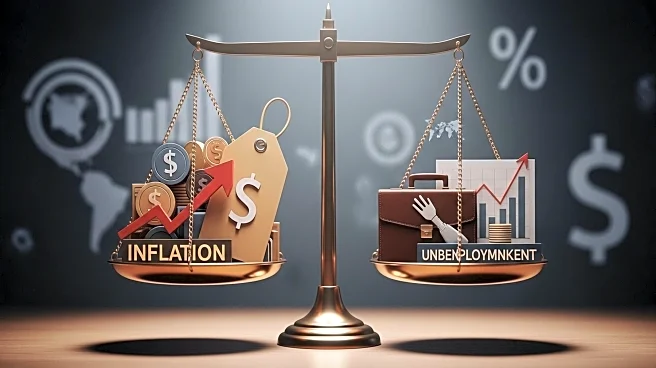What is the story about?
What's Happening?
Investors are cautiously anticipating the U.S. Treasury's auction of $22 billion in 30-year bonds, following a disappointing auction last month. The auction size is smaller than August's, potentially easing absorption. However, concerns over fiscal deficits and inflationary impacts continue to pressure the long end of the yield curve. The previous auction saw weak demand, with the bid-to-cover ratio at its lowest since November 2023. Analysts suggest that recent dovish signals from the Federal Reserve and weak U.S. jobs reports may bolster confidence in slower growth, potentially improving demand for long-term bonds.
Why It's Important?
The outcome of the bond auction is significant for the U.S. Treasury market, a cornerstone of the global financial system. Persistent selling pressure on 30-year bonds reflects broader concerns about national debt and fiscal policy. The auction's success or failure could influence investor sentiment and impact long-term interest rates, affecting borrowing costs for businesses and consumers. A successful auction may signal confidence in the U.S. economy's ability to manage debt and inflation.
What's Next?
Investors will closely monitor the auction results and subsequent market reactions. The Federal Reserve's policy decisions and economic indicators will continue to shape investor strategies. A successful auction could stabilize the long end of the yield curve, while disappointing results may exacerbate selling pressure and drive yields higher.
AI Generated Content
Do you find this article useful?














